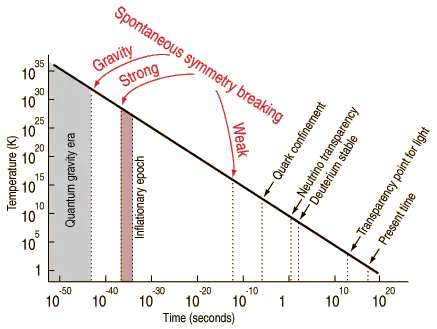Since stars use hydrogen initially for fusion which then produces heavier elements. Where does all this hydrogen come from? Does all the hydrogen come from the birth of universe? If yes then will new stars stop forming because there is no hydrogen?
2 Answers
All the hydrogen we can detect in the universe was formed in the Big Bang, and with time some of it will get clumped together by gravity in galaxies where stars are formed. There it will be burned to heavier elements. But because most average-sized stars like the sun burn relatively slowly, there will be enough hydrogen on hand to keep them going for ~tens to ~hundreds of billions of years to come.
This process is inefficient, in that most of the hydrogen on hand in a galaxy gets ejected as the galaxy itself was formed and so had no chance to get clumped into stars. This means there's lots of hydrogen hanging around which won't take part in stellar formation in galaxies.
- 99,024
In the current standard model for the universe, derived from observations up to now and known physics, the Big Bang model, all the matter/energy ( special theory of relativity) was generated in the beginning , and then the system started expanding, analogous to the expansion of an explosion, that is why it is still called the Big Bang.
This is the timeline of the universe in the BB model.
After the stability of deuterium the existence of atoms of hydrogen and deuterium is assured and the process of star and galaxy formation can start. Why there is an accumulation into clusters of galaxies /galaxies/stars is a recent theory, based on inflation in the very early universe (shown in the plot), which is a long story as is also nucleosynthesis, the creation of atoms up to iron.
- 236,935
